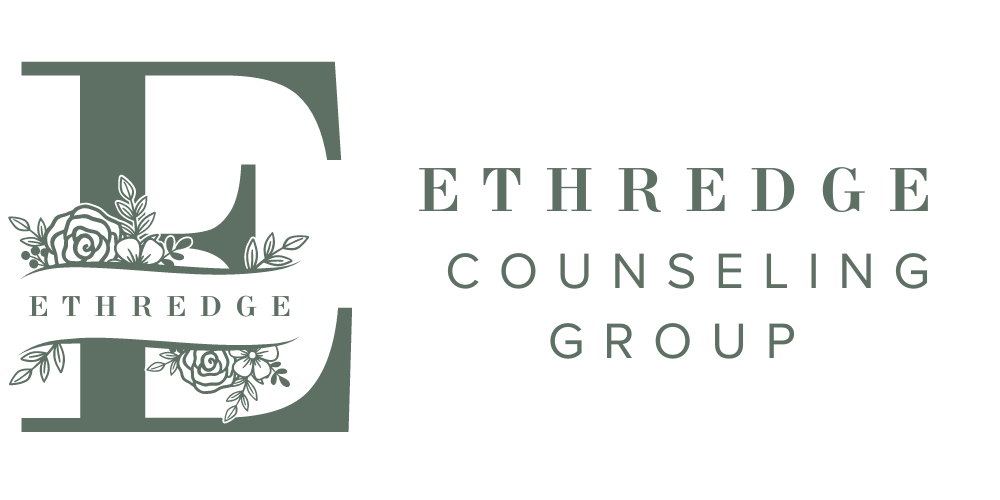How to Make a Lifestyle Change: Using a Wellness Wheel (Part III)
There always comes a time in life where we know we need to make a change. We may feel either totally exhausted, or like we aren’t doing anything with our time, or that we have no purpose at all. But it may be very confusing, daunting, and overwhelming to find out how to actually make a lifestyle change. Using a wellness wheel may be a practical and useful tool to help you figure out where to start. A wellness wheel, pictured below, includes all of the 9 areas of wellness (links to other blogs) in a sort of pie chart. The size of each slice is indicative of how much time and energy you are putting into that area as well as how much you are getting back from it.
The first step to consider when deciding how to make a lifestyle change is to assess you lifestyle now by reflecting on your engagement with each area of wellness (review the 9 areas of wellness blogs). Ask yourself how much of your time and energy are you pouring into each area as well as how much fulfillment you are getting from each area. Take a pencil and paper draw a circle (it does not have to be perfect!) and make your lifestyle come to life. The larger slices are the areas that most of your energy is currently going towards and the smaller slices are the areas you feel get little to no attention, or are depleted. If you feel that there is a lot of time you have no idea where it's going to (maybe tiktok scrolling or netflix binging) you can just label that the “abyss” Your wheel might then look something like this:
Now, take a look at your personal wellness wheel and use this as your guidance for deciding which areas you can make some changes. The first time I created a wellness wheel I was 17 years old and absolutely full of anxiety. I realized I had about two or three areas that took up my entire circle and everything else was minimal. I had no idea that there could be important areas of my life outside of school, hanging out with my friend, and babysitting. Getting active (running) and getting creative (painting) set me free to a whole new world and got me to feel way more balanced and less anxious.
Next, it’s time to start making those lifestyle changes. First, see what areas of your life you can set boundaries in (maybe you can’t say no to your friends or your boss) to reduce the areas of life that may be in excess. Then, you can start making some goals to increase the areas that could use some growth. Identify activities within that area that seem like something you would actually enjoy, appreciate, or get something out of. Then write down some realistic and measurable goals next to your wellness wheel. One goal might work for many areas! For example, walking over to your community garden every other Saturday might grow your spiritual, social, and physical wellness! It might even help with your financial wellness (brunch on Saturday is expensive)! Remember that there are many different activities and behaviors that can fit into each area of wellness. Creative wellness doesn’t mean you have to love water color and physical wellness doesn’t mean you have to hike 10 miles. It takes time to determine from yourself which activities you actually enjoy and how much energy you need to pour in to feel a difference. Every month create a new wellness wheel and check back in with your goals and adjust them as needed!
If you live in South Carolina and are interested in mental health counseling, you can schedule a 20min free consultation by following the link below!


